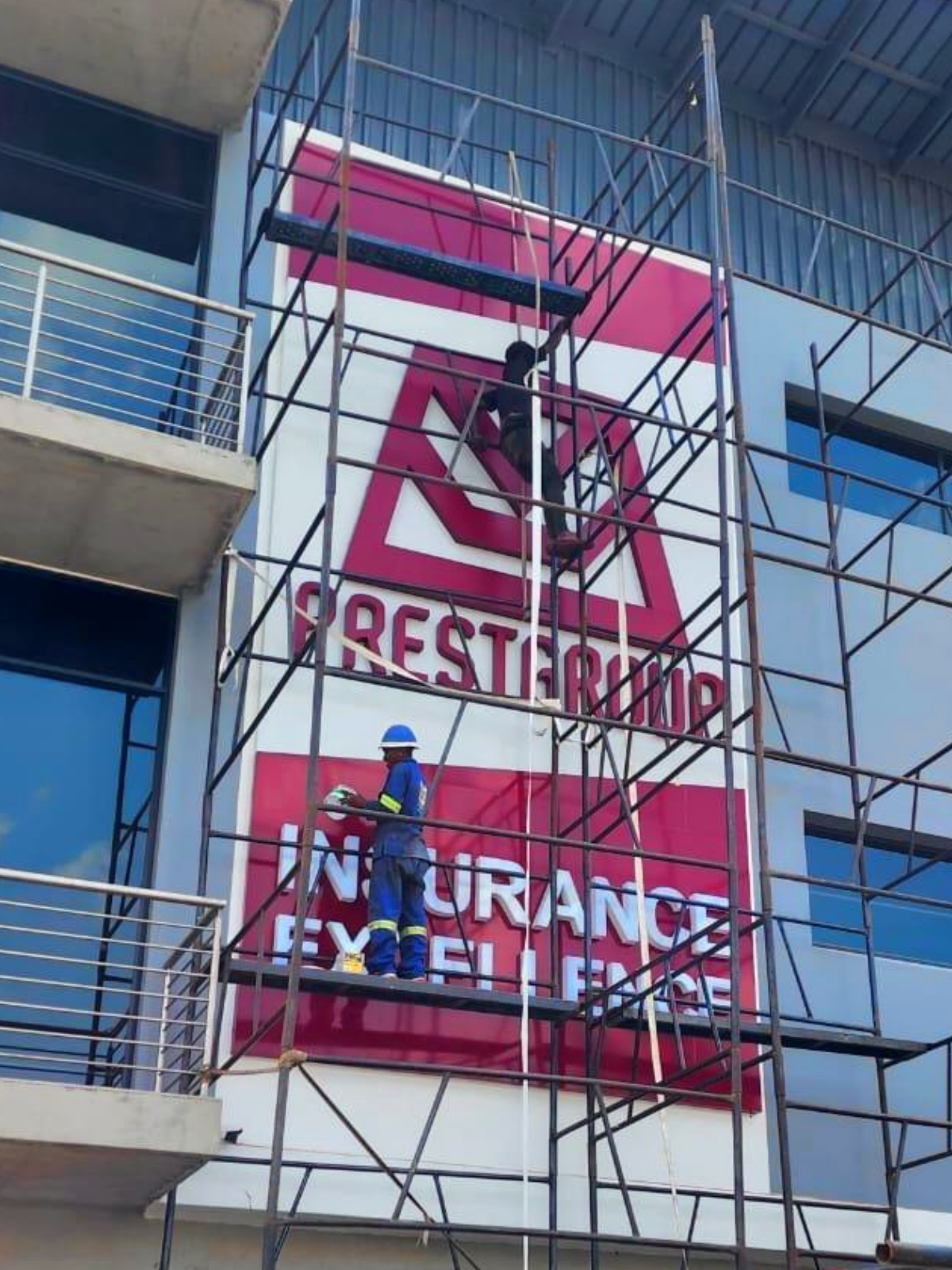If you’ve ever driven down a busy street and admired bold billboards, sleek lightboxes, or a glowing 3D shopfront sign, you’ve witnessed the power of the signage industry in action. But here’s a question many aspiring entrepreneurs ask: Is the signage business actually profitable?
At Millennium Signs, with over 30 years of experience in Johannesburg's bustling signage landscape, we’ve seen how a well-run sign company can be a surprisingly rewarding venture—creatively and financially. If you're considering getting into the signage space, here’s what you need to know.
A Growing Industry Fueled by Visibility

First things first: the signage industry is growing. Whether it’s new businesses popping up, malls expanding, or old signage getting replaced with newer digital options, the demand for standout signage continues to rise.
Especially in South Africa, cities like Johannesburg are urbanising rapidly—making visibility more crucial than ever. Retailers, corporate offices, dealerships, and developers all need signs to guide, attract, and engage their customers. That means a steady stream of clients if you're offering quality products and service.
Startup Costs vs. Long-Term ROI
Starting a signage business isn’t dirt cheap, but it doesn’t have to break the bank either. Your biggest startup expenses might include:
- Equipment (printers, CNC machines, laser cutters)
- Workshop space
- Material inventory (vinyl, acrylic, metal, LED components)
- Design software
- Skilled labour

But here’s the upside: once you’re set up, your overheads can be fairly predictable, and margins are often very healthy—especially for custom jobs, 3D signs, LED signage, and ACM cladding projects.
At Millennium Signs, many of our projects range from R5,000 for small retail signs to over R200,000 for large building signs or pylon structures. With efficient systems and a trusted team, sign companies can achieve ROI within the first 1–2 years of operations.
Diversify or Die: The Power of Product Range

One of the smartest strategies for profitability is to diversify your offerings. Signage isn’t just about vinyl or perspex boards anymore.
Today’s leading companies offer:
- Digital billboard advertising
- CNC and laser cut signage
- LED backlit signs
- 3D fabricated letters
- Directional and safety signs
- ACM cladding for buildings
By expanding your capabilities, you open your business up to a broader market—from construction and retail to hospitality and healthcare.
Key Challenges to Keep in Mind
Profitability doesn’t come without hustle. Here are a few things that can eat into margins if not managed carefully:
- Unskilled labour or poor installations can lead to rework.
- Delays in sourcing materials affect delivery timelines and client trust.
- Not keeping up with design trends can make your offerings look dated.
- Failing to offer full-service solutions (design, manufacturing, installation) limits your value proposition.
Investing in skilled staff, strong supplier relationships, and staying ahead of industry trends is key to staying profitable.
Who’s the Ideal Client?

To run a profitable signage business, you need clients who value branding and are willing to invest in long-lasting signage. These often include:
- Property developers
- Architects
- Retail chains
- Car dealerships
- Shopping malls
- Corporate office parks
Repeat clients (especially those managing multiple locations) are gold—build strong relationships and deliver consistency.
Final Thoughts: Is It Worth It?
Yes—if done right, the signage business can be a highly profitable venture with room for both creativity and commercial success.
At Millennium Signs, we’ve built a reputation by combining craftsmanship, modern techniques, and business savvy. For entrepreneurs looking to break into a space where visibility is everything, signage offers a solid path—one where your work doesn’t just generate revenue, but helps businesses get noticed.






